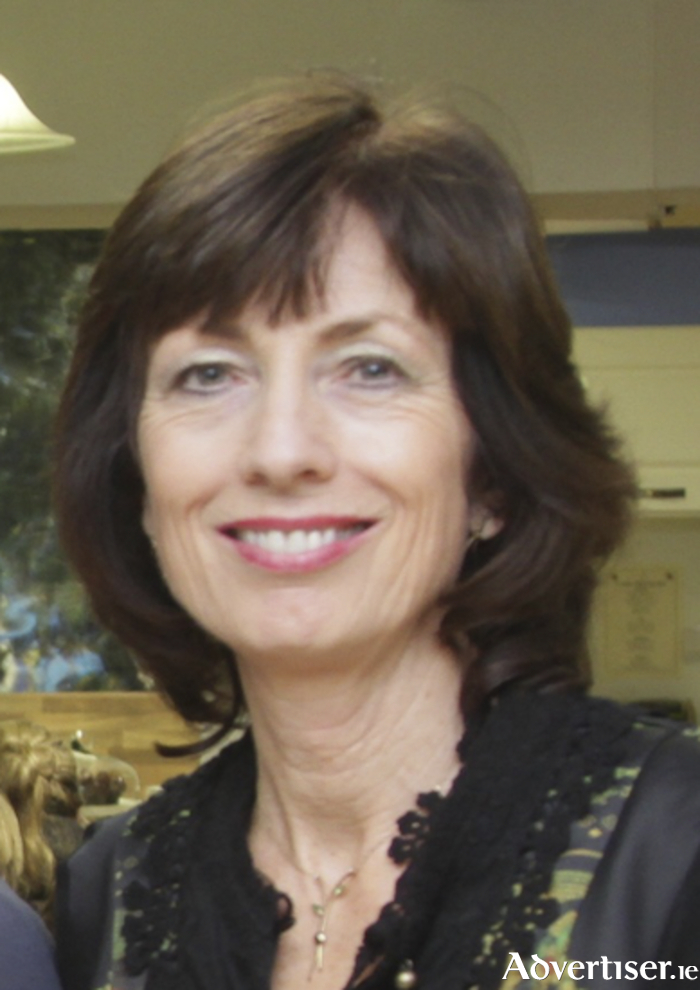The Voices of Connemara is a book to be treasured. Published initially in 2001, and now available as a paperback, it was put together by photographer Raymonde Standún and the late Bill Long (writer and broadcaster ).
Delving into the rich cultural and historical landscape of Connemara, the book comprises of 51 interviews with locals whose personal and unique stories tell us more about who we are and where we come from. Exploring everything from the Black and Tans to the Fair Day at Spiddal, to local matchmakers and everything in between, the book is alive with Irish culture, language, music and dance.
Raymonde, originally from Cork, was living in Connemara when she decided she wanted to take portraits of the locals. A friend of hers who had a gallery encouraged her and said he’d put on an exhibition.
“When I mentioned this idea to my father-in-law, he suggested I interview people too, while taking their portrait. It was great in that people would recommend other people, and eventually I ended up with 51 interviews.
“They were from all different walks of life - farmers, fishermen, weavers, boat builders, teachers, priests, shopkeepers - and naturally, they all had different perspectives on various aspects of Connemara.” The exhibition then turned into a beautiful book.
Many have died since Raymonde interviewed them.
“I think there are only about two or three people left at this stage.” (One man interviewed died earlier this month ).
There are many different emotions to be found in the book, reflecting the traumatic past and also the wild sense of humour of our people.
“There are so many different stories and each one is very interesting, and they’re all only around six pages. So it’s ideal bedtime reading! Even one story in the book will give you a feel for life as it was - and life was basically about survival.”
Were there any stories that particularly stood out for Raymonde?
“There are many, but one man I interviewed struck me as his story was so unusual. He was a priest, but he didn’t get into the priesthood until a little later in life, after his wife had died. He had six children.
“He had a wonderful spirituality and amazing gifts that I believe were passed down to him from his ancestors. He told me that before the Catholic Church became dominant, people would actually come to his house to get married and his ancestors would act as witnesses to weddings.”
Raymonde mentions another story that sticks out for her.
“Margaret O’Connor’s story is about being match made. Matchmaking was very popular, again before the Catholic Church became dominant.” Funny to think that the tradition is not entirely lost, with the annual Lisdoonvarna Matchmaking Festival, built around the infamous ‘matchmaker’ Willie Daly, drawing in crowds upon crowds every year. Of course while there were, I’m sure, many happy matches made all those years ago, they would not all have been so rosy, and the luxury we have today (predominantly as women ) is that it is simply a light hearted option.
Stories of the famine appear in the book also.
“Martin Flaherty was nearly 100 when I interviewed him, and his mother could very well remember the famine years. The famine was never very far away for these people. Most of the people interviewed were in their 80s, some even in their 90s - and the book came out initially in 2001.”
It was Raymonde who did all the interviews, and Bill Long later helped her edit the book. “I was exhibiting the photographs at the same time as the book launch, and Bill had editing experience, so it was great to have his help.” Bill was the longest living heart transplant patient before he died in 2010.
The book is beautifully dedicated to the children and grandchildren of everyone who was interviewed.
“I became very close to people throughout the process. I feel it is important to carry on our heritage,” said Raymonde.
“The book has been laid on many coffins over the years, because I suppose people have appreciated the fact that the stories of their parents are in the book. I think it’s great to have that living history with us.”
Voices of Connemara is available in Standún (Spiddal ), bookshops across the country and can also be bought here: www.newisland.ie/nonfiction/voices-of-connemara

